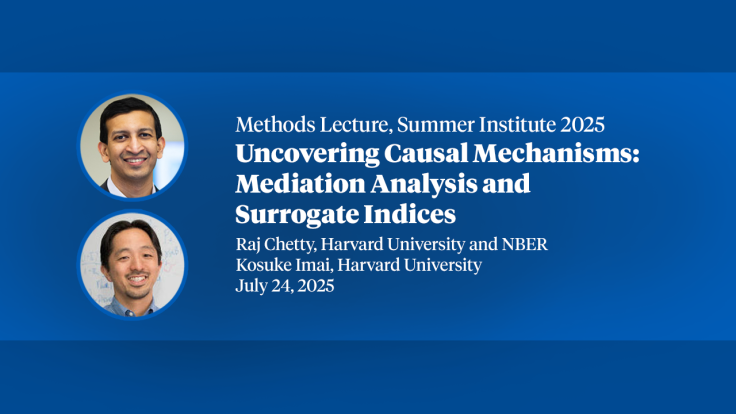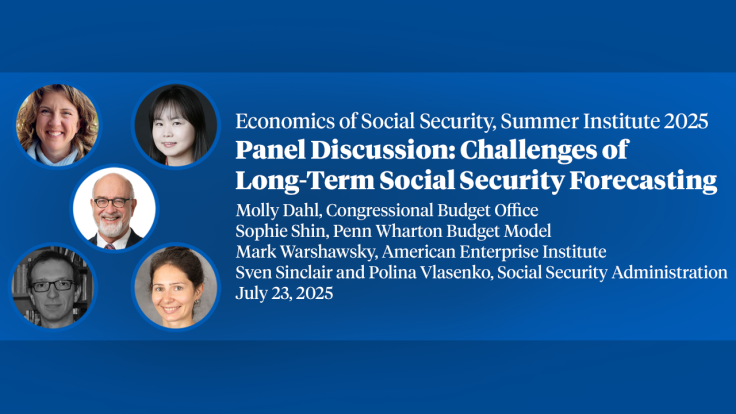Economic Well-Being and the Effects of Transfer Programs Using Linked Expenditure and Administrative Data
We examine income and consumption-based measures of well-being and the poverty reduction effects of key income sources. We are the first to conduct such analyses using linked expenditure and administrative income data, with the new data having important impacts on the analyses. Our income measures relying on combined survey and administrative data compare much more closely than survey-based aggregates to benchmark totals from national accounts and other sources. The distributions of these combined, or “blended”, income measures are also closer to those of expenditure measures. This is especially true for the very bottom of the distribution, where prior research has revealed concerns about the under-reporting of survey income. We also see less evidence of under-reporting with the blended income measures, with fewer individuals having expenditures that exceed their income. Blended income deep poverty tends to be very close to consumption-based deep poverty measures, closing almost all of the existing gap in deep poverty rates measured using survey-reported income and consumption. Finally, we find larger poverty reduction effects of most blended income sources than survey income sources, whether income or consumption is our base resource measure. This pattern is particularly true for retirement pensions, the EITC, SNAP, housing benefits, and SSI, further indicating that typical analyses of the social safety net understate the anti-poverty impacts of these programs. We are the first to calculate the consumption poverty reduction effects of many government programs and income sources, finding similar or somewhat smaller magnitude changes in consumption poverty than with an income base.


